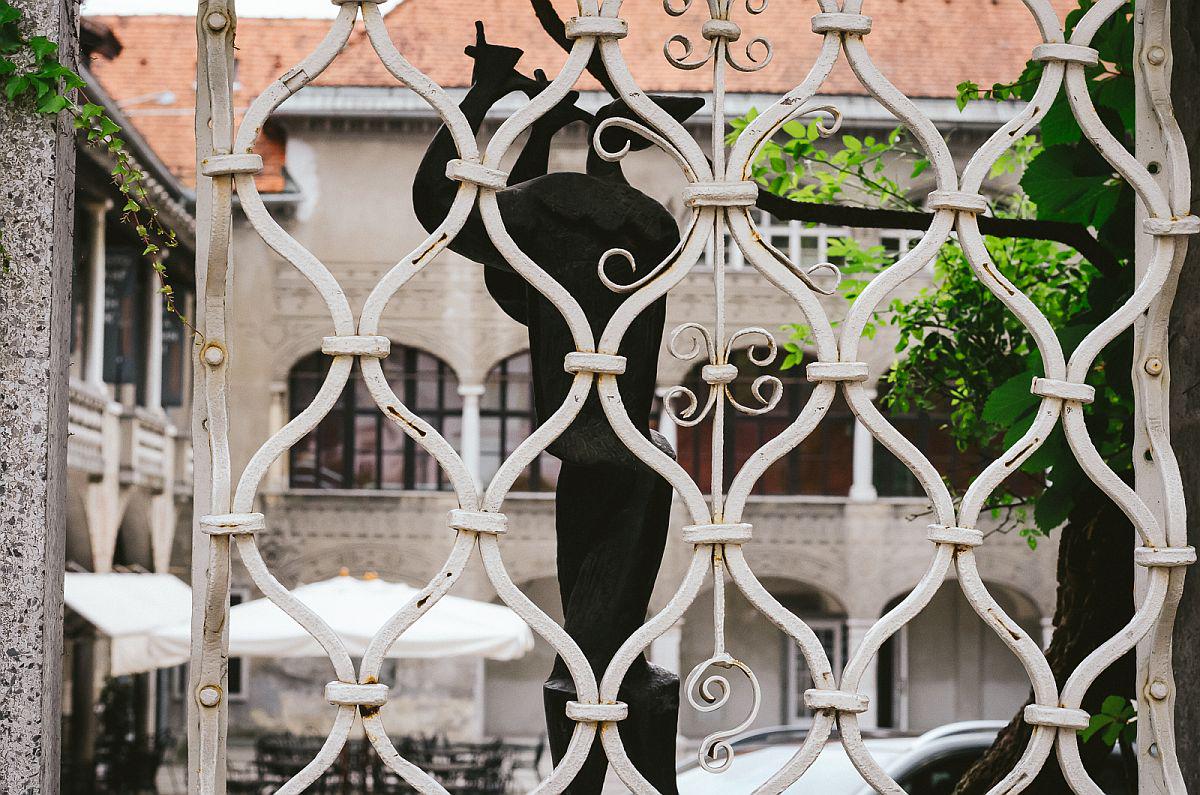
Located in the heart of Ljubljana, the Križanke concert venue has long been synonymous with music for many generations among both fans and performers. Few realize, however, that this musical mecca had been a monastery for much of its existence.
Even in Roman times, the area served a place of worship; it was the site of a temple dedicated to Neptune. By the 12th century, the Knights Templar had established themselves in that location, but they were replaced in the 13th century by the rival Teutonic Knights.
The Teutonic Knights had been called to set up base in the city not just to help defend Ljubljana from invaders, but also to care for the infirm and to educate the young. They ended up staying in town for six centuries.
The era was marked both by periods of growth and years of misfortune. The building complex built by the Knights gradually expanded, but an earthquake in 1511 caused substantial damage to the monastery and left the Knights’ church in ruin.
The buildings were repaired, however, and received further modifications over the years as architectural fashions changed. In the 18th century, an architect named Domenico Rossi reimagined the church in the Baroque style, and the interior quickly became well-known for its intricate decorations.
Centuries of religious continuity came to a close in 1945, when Communist authorities confiscated the entire monastery complex. For several years, the buildings were left empty as the government tried to figure out what to do with the newly acquired property. In the end, some suggested an inspired solution: to turn the monastery into a concert venue and have it renovated by the famed Slovenian architect Jože Plečnik.
Plečnik had become well-known for his innovative work in Vienna, Prague, in Ljubljana. He was also deeply religious and had therefore fallen out of favor with the new Communist government. However, few could deny his talents and he was tasked with reinterpreting the historic monastery.
Working in the early 1950s, Plečnik restored the buildings with Renaissance principles in mind. He selected flooring that was not only attractive but also ensured superb acoustics. He added stencil decorations to the monastery walls, combining an ancient technique with folk motifs. Aware of the importance of every detail, Plečnik personally supervised the restoration of the monastery.
The monastery turned out to be Plečnik’s last major project. He died in 1957, but the monastery lived on to become one of the most popular musical venues in Slovenia, among both audiences and performers from around the world. It still carries the name “Križanke” – derived from the Slovenian name of the Teutonic Knights.


































































